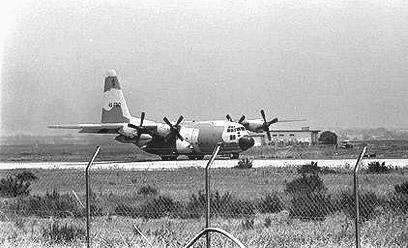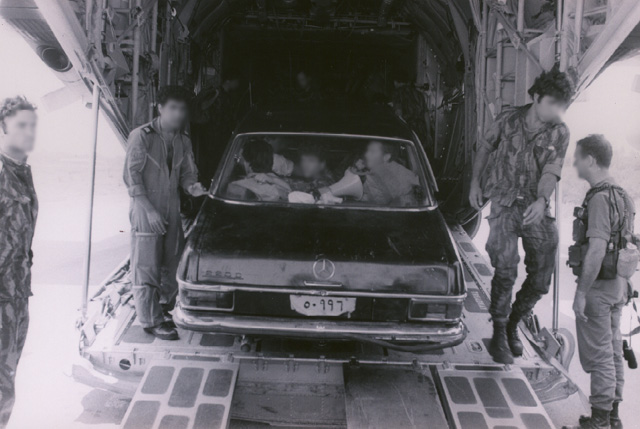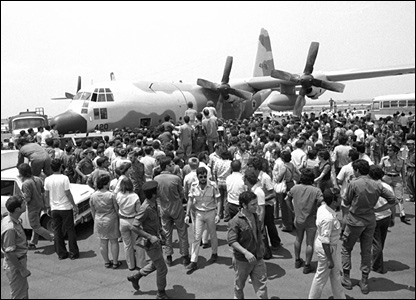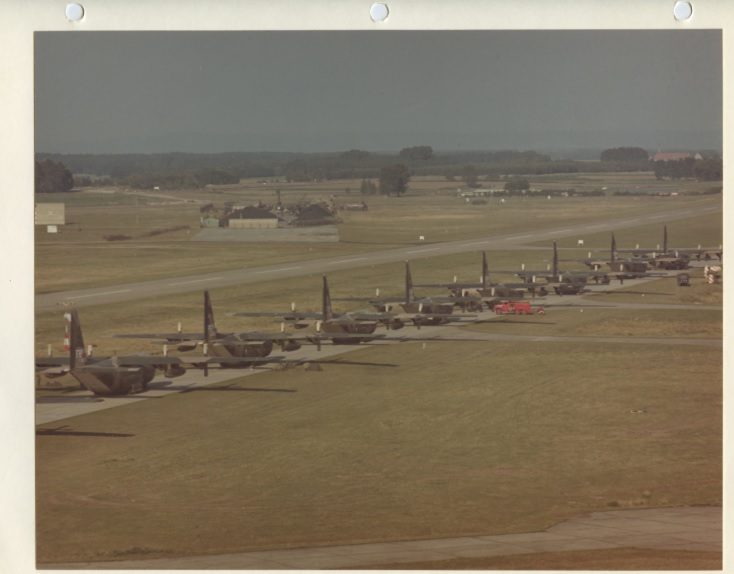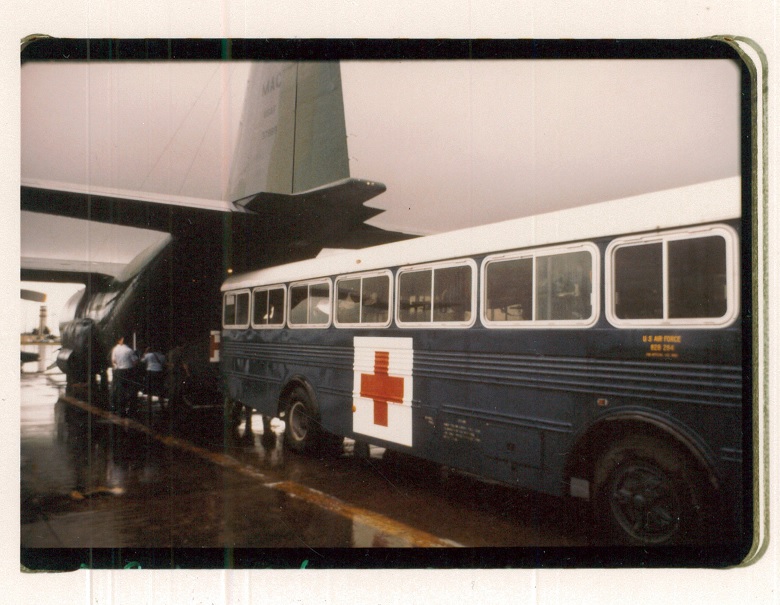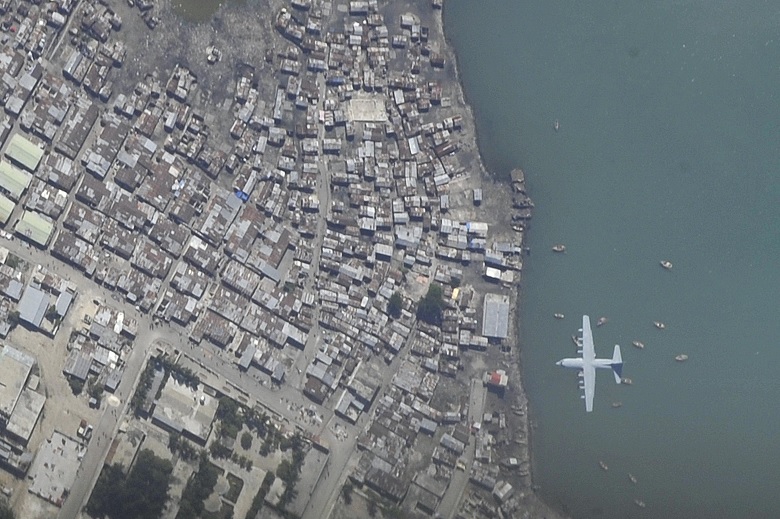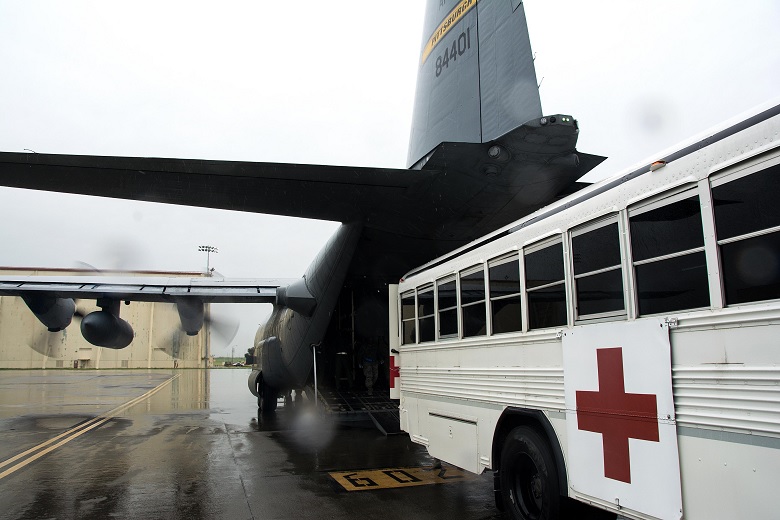The eight “legacy” C-130H Hercules aircraft and the tactical airlift role were both removed from the Alaska Air National Guard by the Presidential Budget
A small group of observers and well-wishers watched as the Alaska Air National Guard’s C-130H Hercules turboprops faded into the horizon on the sunny, frosty morning of March 5, 2017.
A major shift has occurred at the wing, one of the biggest and busiest Air Guard wings in the country, with the divestment of the final C-130 from the 144th Airlift Squadron. Since 1957, the core of its numerous operations has been its tactical airlift aircraft, initially C-47 Skytrains and then C-123 Providers. The first C-130s, the “E” models, debuted in 1976, and the modified “H” models followed seven years later. These blunt-nosed turboprops have been common sights in Alaskan skies for more than 40 years, because of their tough construction and usefulness for short-airfield operations.

The Alaska Air National Guard has now lost access to its eight “legacy” C-130H Hercules aircraft and the tactical airlift mission as a result of changes to the USAF’s organizational structure that were included in the 2017 Presidential Budget. As a result, each of these aircraft has either been retired from service or transferred to another state Guard unit.
“With over four decades of incredible service, today’s C-130 departures mark a significant milestone for the 176th Wing,” said Col. Steve deMilliano, commander of the 176th Wing. “Their aircrews and maintainers have served with honor and distinction. This 70th Anniversary year for the United States Air Force highlights that aircraft and missions will eventually change, and our Airmen are constantly ensuring mission success. Despite any bittersweet feelings we may have with the final two C-130H aircraft departing today, we’re excited to see our dedicated airmen embracing the opportunities of the future to begin writing yet another successful chapter in our Wing’s proud history. Our nation and state know they can count on us being ready whenever called upon.”
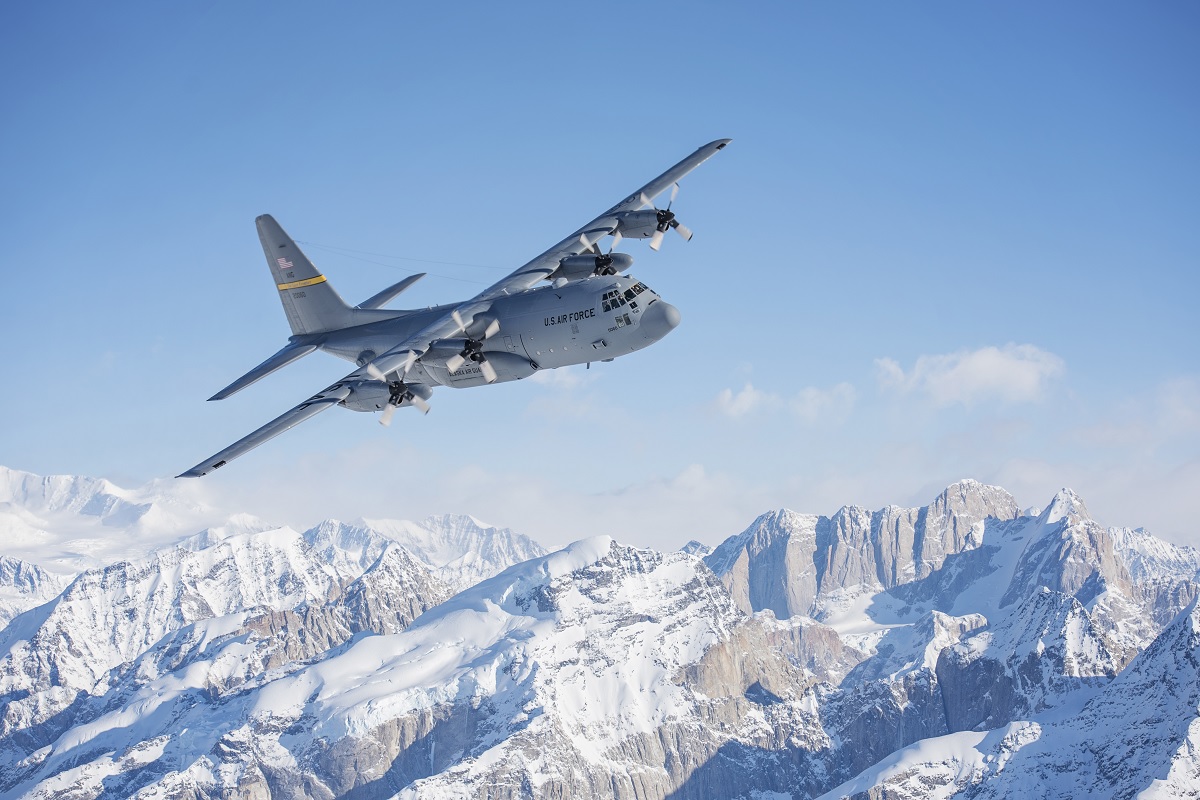
Current and former crews and maintainers had the chance to reminisce and look over the two remaining C-130s of the wing at a ceremony and BBQ on March 4. They all lauded the renowned adaptability of the airframe.
“I’ve been all the way down to Montevideo, Uruguay, and Cape Town, South Africa,” said Chief Master Sgt. (ret.) Robert Paulson, a former C-130 crew chief attended the event. “It [the C-130] did so many things – anything to support the goals of our country.”
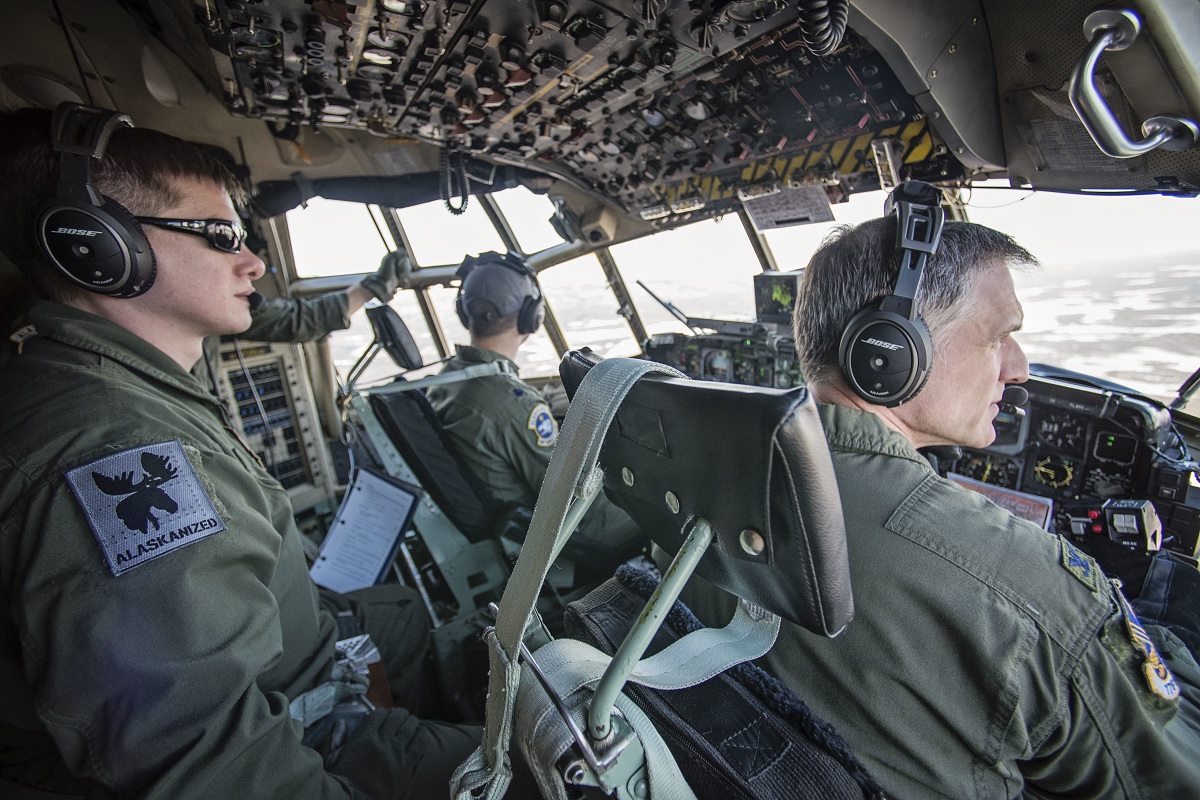
The 176th Wing remains one of the most operationally engaged Air Guard organizations despite the divestiture of the C-130s and their tactical airlift mission. Its missions include inter-agency rescue coordination, U.S. airspace monitoring and defense, and a full complement of agile combat support. It also includes the rescue triad, which consists of HH-60 Pavehawk Helicopters, HC-130 J-models, and Guardian Angel pararescuemen.
Since 2007, these operations have also included a strategic airlift, which is carried out by the wing’s 249th Airlift Squadron in cooperation with the 517th Airlift Squadron of the Air Force. (A “classic association” is a relationship in which Airmen from the active component and the Air National Guard collaborate as equal partners in carrying out the mission, but the active-duty Air Force owns the aircraft.) The 249th will take over control of the airframes as this organization transitions to an “active” association.

The 176th Wing and squadron leaders recognize that new opportunities are presented by mission adjustments.
“We know that the future depends on continuing to change and adapt,” commented 144th Commander Lt. Col. Michael Cummings.
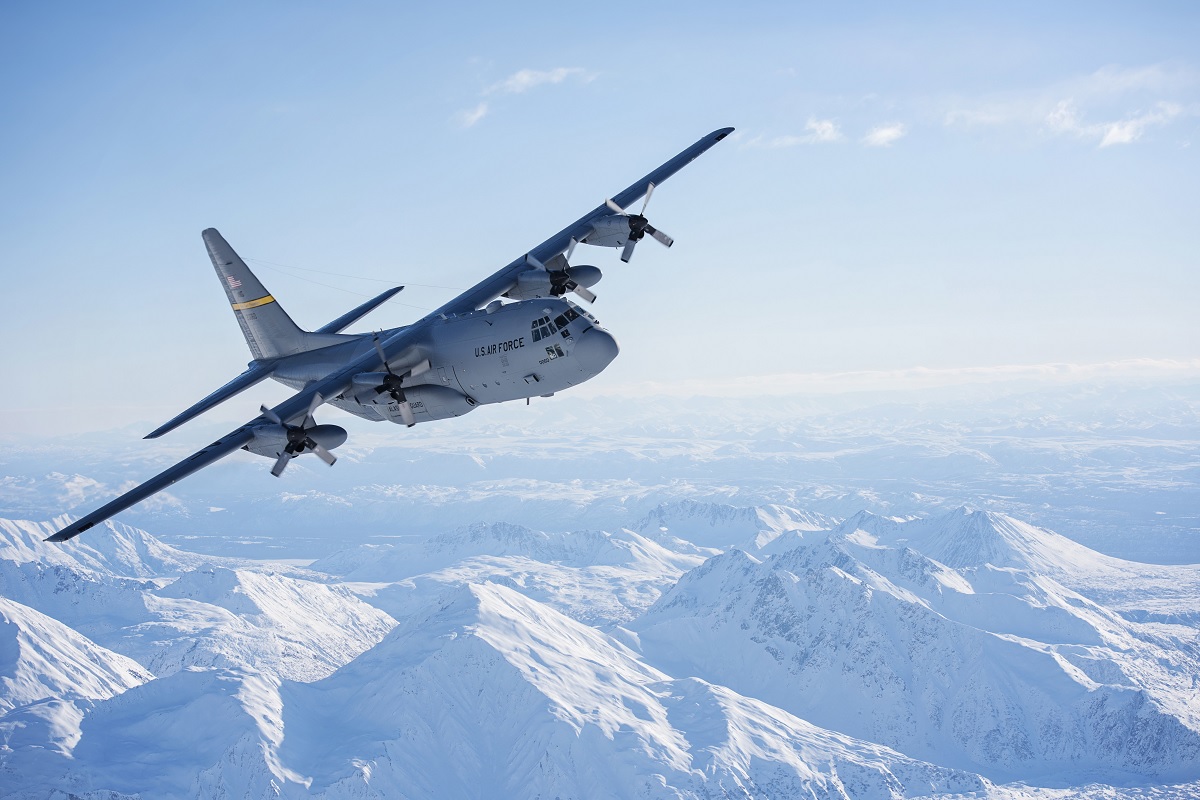
Story by Major John Callahan / Alaska Air National Guard; Photo by Staff Sgt. Edward Eagerton / U.S. Air National Guard



